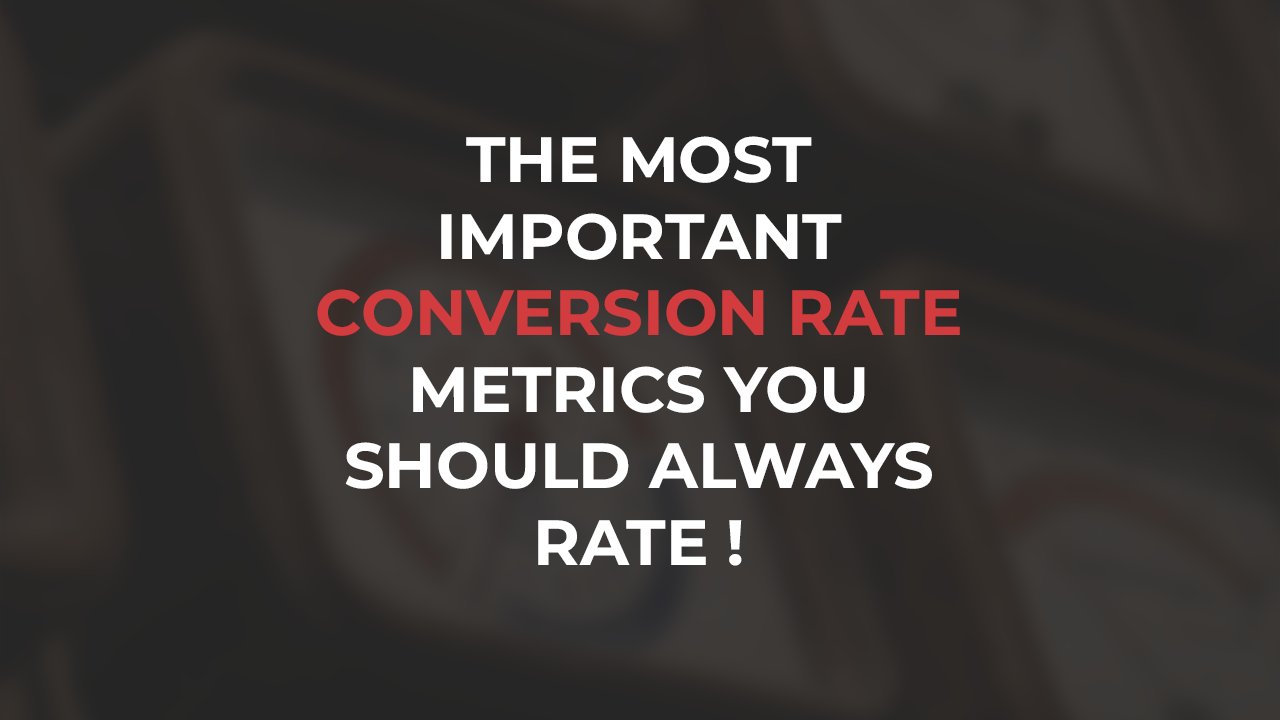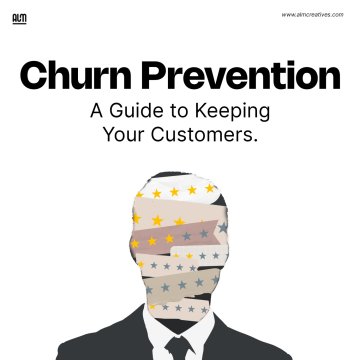Search
THE MOST IMPORTANT CONVERSION RATE METRICS YOU SHOULD ALWAYS RATE
Community Management
Are you wondering which conversion rate metrics you should measure for more conversions? No matter what stage of business you’re in, the key to digital marketing isn’t just bringing people to your site; it’s converting them into leads or customers after they’ve arrived.
Are you tracking the correct data so you can figure out how to boost your site’s conversion rates? Conversions are the lifeblood of your content marketing, whether they’re click-throughs, email subscriptions, or just plain old sales.
When it comes to marketing campaigns, the goal is to increase conversions. Therefore, you must study several data when launching paid ads and blog posts to determine the success of your efforts. The conversion rate, which shows how many of the people you reach complete a desired activity, is one of the most valuable indicators for measuring your marketing performance.
BUT WHAT IS CONVERSION RATE OPTIMIZATION ?
Increasing the number of users who do the desired action on your website is known as conversion rate optimisation (CRO). It includes different marketing tactics such as:
- Identifying and optimizing the website elements that cause visitors to bounce back so that they convert better.
- Any friction points in your conversion process should be reduced or eliminated.
- You want to rank higher and first on search engine results pages (SERPs) to acquire more traffic from those sources.
There are several conversion rate metrics you could track. Which ones should you focus on? This article will discuss the eleven most crucial conversion rate metrics you should be monitoring.
1. BOUNCE RATE
This is the percentage of people who come to your site and leave without doing anything. It’s a metric that tells you how many visitors are reading through your content or looking at your products but never taking action. It’s a hint they’re not going to convert because they’re not investing time or interacting.
A high bounce rate can indicate several factors, such as ineffective or irrelevant traffic sources or landing pages that aren’t optimised for conversion. Poor design, low usability, no CTA and long load times are common issues.
2. YOUR SITE'S LOADING TIME
It’s better if your website loads quickly. Not just because people may abandon your page if it takes too long to load, but also because it improves your Search Engine Rankings. Google Analytics can tell you how long your pages take to load on average. Google also provides a page called Google PageSpeed Insights that will give you several suggestions on improving and adapting your sites to make them load faster.
3. PAGE SPEED
This is critical for CRO since it significantly impacts the number of time visitors spends on your site. And, as long as you’ve set up tracking for that statistic, the more engaged they are with your content, the better their conversion rate should be. It’s better if your website loads quickly. Not just because people may abandon your page if it takes too long to load, but also because it improves your Search Engine Rankings. You can use a tool to improve performance.
4. THE COST OF EACH CONVERSION
Another conversion rate metric is to focus on the cost of each conversion. Cost-per-conversion is how much you spend on marketing to generate a conversion. Just like having a conversion of 60% with only ten visitors a month is something to worry about, if this 60% conversion (even if the conversion value is high) comes with a high cost, then your business will not survive. So always keep this in mind when you’re trying to increase your conversion rate!
This type of conversion rate metric is crucial since it aids marketers in calculating their return on investment (ROI). If your CRO strategy isn’t yielding results, it’s time to try something new or, at the very least, tweak what you’re doing today.
5. EMAIL GROW RATE
The email growth rate is essential when it comes to conversion rate metrics to track. Your email growth rate indicates how quickly the number of people on your email list, or those who have signed up to receive future emails from your organisation, grows over time. The more people who sign up each month and then return to read new stuff in their inbox, the better.
A high rate of email list growth could indicate that your CRO strategy is succeeding and a hint that you’re establishing trust with visitors who want to hear from you again.
In case you need help to track your conversion rate...
Conversion rates are the key to success, whether you want to sell more things, gain more customers, or bring more traffic to your offline business. To be truly successful, you must concentrate on the appropriate numbers. Improving conversion rates requires understanding how your audience reacts to your website.
Need some assistance getting your conversion rate marketing up and running? Allow ALM Creative Studios to help. You’ll get help optimising each conversion metric listed above and more with our conversion rate optimisation (CRO) services.
What metrics do you currently track, and how do you track them? What indicators are most important for assessing and optimising your performance? Please share them in the comments section!




